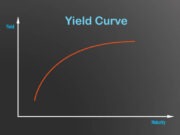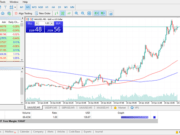
Investing in the stock market can be overwhelming and tricky, especially for beginners. While there are many factors to consider before investing, the return of capital and dividends are two of the most important ones. If you are an investor, it’s important to understand what return of capital and dividends mean and how they can impact your portfolio. In this post, we will go over the key things to know about return of capital and dividends and why they are important.
What is the Return of Capital?
Return of capital is a distribution of funds to investors that is taken from the company’s assets rather than from profits. Essentially, it’s a portion of the investor’s original investment that is given back to them. Return of capital is not taxable when it is distributed, though it will lower the cost basis of the investment. Return of capital is often used by companies to reduce their tax liability by returning capital to investors instead of paying dividends.
What Are Dividends?
A dividend is a payment made by a company to its shareholders, usually in the form of cash or additional stocks. Dividends are a way for companies to distribute profits to shareholders. Dividends are usually paid out periodically, such as quarterly or annually.
Why Are Return of Capital and Dividends Important?
Return of capital and dividends are both important because they provide investors with a way to generate income from their investments. They can also provide stability to the investor’s portfolio since they offer a steady stream of income. Return of capital and dividends are especially important for retirees who may want a steady source of income to support their lifestyle.
How Do Return of Capital and Dividends Affect Your Portfolio?
Return of capital and dividends can impact the performance of your portfolio in several ways. First, they can help to reduce the level of risk in your portfolio, since they provide a source of income and stability. They can also impact the overall return of your portfolio, since dividends and return of capital can contribute significantly to a portfolio’s returns over the long-term.
Conclusion:
In summary, the return of capital and dividends are two crucial factors to consider when investing in the stock market. They offer a source of income and stability to investors, and can also impact the performance of your portfolio over the long-term. While there are risks associated with investing, understanding the return of capital and dividends can help to mitigate these risks. As an investor, it’s important to research the companies you invest in, to ensure that they have a solid track record of distributing return of capital and dividends to their shareholders.


































